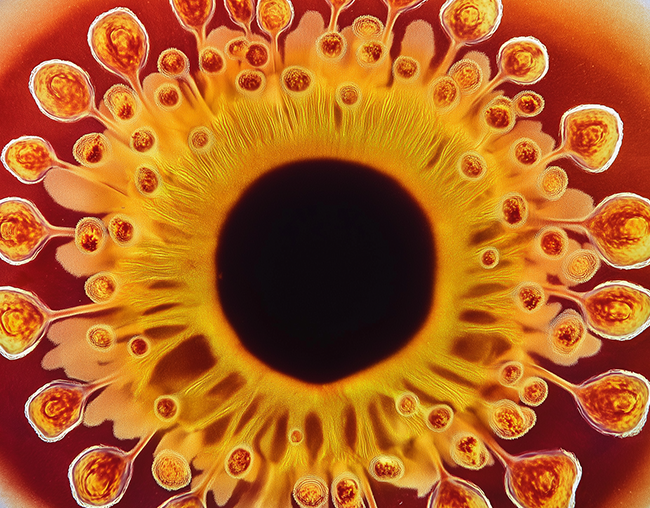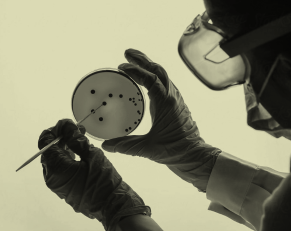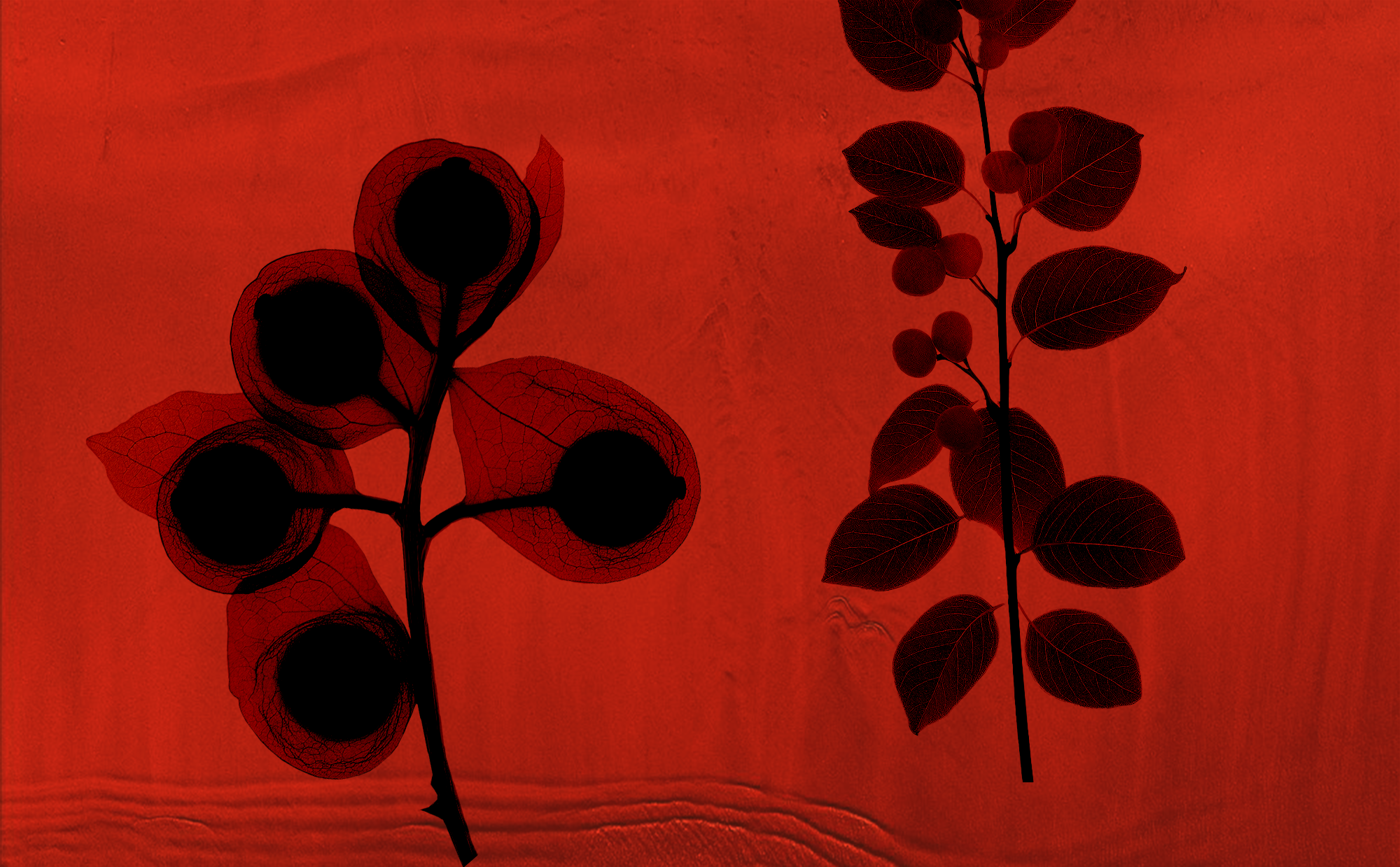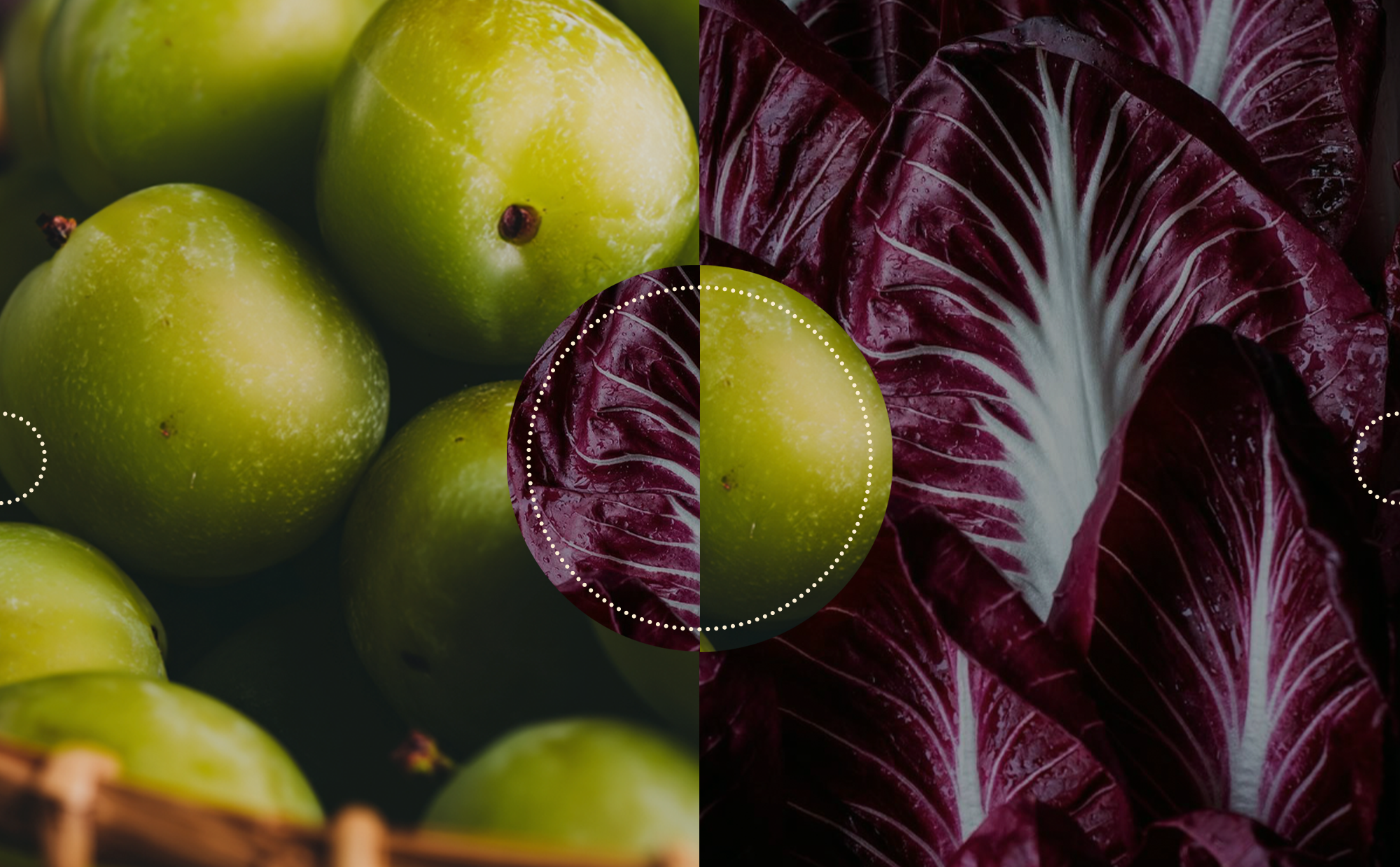The survival science of Australian native plants: how the harshest environment on Earth created the most powerful plants
There is no landmass on Earth quite like Australia.
Geographically isolated for over 40 million years, battered by intense UV radiation, extreme drought, nutrient-poor soils, and relentless wildfires, it has forged a botanical landscape that is both diverse and extraordinary.¹ Xanthorrhoea johnsonni A. T. Lee, one of Australia’s endemic species, for example, has been known to survive for more than five centuries², while Lomatia tasmanica W.C. Curtis. is known as one of the world’s oldest plant species³ and Terminalia ferdinandiana Exell is reported as the world’s richest source of vitamin C.⁴ ⁵ It has been estimated that the Australian native flora accounts for ~10% of the world’s total plant species.⁶
Unlike plants from temperate regions, which have thrived in predictable seasonal cycles, Australia’s native flora has endured unforgiving environmental chaos for millennia. The result? An evolution of unparalleled phytochemical complexity that has made Australian plants some of the most potent sources of antioxidants, antimicrobials, and polyphenols in the world.⁷⁻⁹
We’re not just talking about superfoods—we’re talking about survival-engineered biochemistry that humans can harness for gut health, immune resilience, cognitive enhancement, and metabolic health.
The use of native plant species as both food and medicine by Australia’s Aboriginal communities reflects a deep, empirical knowledge developed over 65,000 years of observation, experimentation, and trial-and-error in the medicinal use of Australian native plants.¹⁰ This has led to anecdotal evidence of the plants containing antiseptic, analgesic, sedative, anti-inflammatory, antipyretic and mood-altering properties.¹⁰ Contemporary analytical chemistry and preclinical studies are now substantiating these traditional uses.
Let’s decode the biochemical intelligence of Australia’s native plants.
1.Extreme uv radiation → High antioxidant production
Australia experiences some of the highest levels of UV radiation in the world – in fact, Australian UV radiation is strong enough to cause sunburn in as little as 11 minutes.¹¹ This kind of solar assault would obliterate unprotected plant tissues, unless those plants evolved a way to neutralize UV-induced oxidative stress at the molecular level.
And they did.
Plants have evolved various mechanisms to cope with UV radiation, including activating defence pathways and producing protective pigments like anthocyanins, which act as ‘sunscreens.’¹²⁻²⁰
Survival Mechanism: Unlike many plants that produce antioxidants as a by-product of metabolism, Australian natives synthesize them as a primary survival mechanism. Their cellular structures have been forced to develop specialized polyphenols, flavonoids, and vitamin C concentrations that exhibit potent antioxidant, anti-inflammatory and antimicrobial properties.⁸ ⁹ ²¹
What this means for human health:
-
Kakadu Plum (Terminalia ferdinandiana): The highest natural source of vitamin C in the world (up to 75 times that of a conventional orange).⁴ ²² Vitamin C plays an important role in immune function²³ and is critical for collagen biosynthesis.²⁴ ²⁵
-
Davidson Plum (Davidsonia spp.): Packed with delphinidin-based anthocyanins, pigments that absorb UV radiation and exhibit potent anti-inflammatory effects in neural tissues.²⁶
-
Quandong (Santalum acuminatum): Rich in phenolic acids and rutin, compounds shown to support vascular integrity, reduce neuroinflammation, and optimize mitochondrial function.⁸ ²⁷ ²⁸
Evolutionary genius: These plants didn’t just evolve to survive UV—they became biochemical shields against oxidative stress. Ingesting them transfers that same survival advantage to us.
2. Adaptations to drought and water scarcity
Unlike rainforest plants that thrive in water abundance, many Australian natives have evolved under a prolonged dry season. This has led them to develop high phytochemical concentrations, allowing them to preserve hydration, regulate oxidative damage, and protect cellular integrity.²⁹
Survival Mechanism:
-
Sclerophyllous leaves: Thick, tough, and waxy leaves reduce water loss; common in Eucalyptus, Hakea, and Acacia.³⁰
-
Root Systems: Eucalyptus and some Proteaceae species have adapted deep root systems to tap into deep groundwater.³⁰ It is thought that by efficiently improving nutrient uptake, these deep root systems also help to enhance the nutritional value of the plant.³¹
-
Kangaroo Paw: Have developed specialized tissues that store water, enabling them to survive in arid regions with minimal rainfall.
What this means for human health:
-
Adaptations like sclerophyllous leaves often have high concentrations of secondary chemicals such as polyphenols, which have potent antioxidant, anti-inflammatory and antimicrobial properties.³²
-
Deep root systems have led to species like the eucalypts exhibiting unusual bioactive profiles. Several studies have linked Eucalyptus extracts with anticancer properties.³³
Evolutionary genius: Drought made these plants better at managing oxidative stress, water retention, and cellular metabolism—skills we can leverage in functional nutrition.
3. Adaptations to fire
In many ecosystems, fire is a destructive force. In Australia, it’s an architect of evolution. Many native species don’t just survive fire—they depend on it.
Survival Mechanism:
-
Banksia spp.: Protects its seeds in lignified fire-resistant pods that only release during or just after exposure to fire.³⁴ These pods are rich in phenolic compounds that inhibit pathogens and oxidative damage.³⁴
-
Anigozanthos (Kangaroo Paw): Some plants, like Anigozanthos, require smoke chemicals (e.g., karrikins) to trigger seed germination after fire.³⁰
What this means for human health: Plants that have evolved to survive fire often produce high levels of antioxidants to protect their cells from oxidative stress caused by heat and UV exposure.¹²
4. Defence adaptations
Plants are under constant threat from pathogens, pests, and weeds. Without an immune system, they rely on chemical defences like phenols, terpenes, and alkaloids.³⁵⁻³⁷
For example, plants can release a diverse set of volatile organic compounds (VOCs), either naturally or as a reaction to stressors.³⁸⁻⁴⁰ These chemical signals serve multiple purposes: defending against pests and diseases, warning neighboring plants, and attracting beneficial organisms.⁴¹
What this means for human health:
-
Lemon Myrtle (Backhousia citriodora): Contains up to 98% citral, which exhibits antiviral, antibacterial, and neuroprotective effects.⁴²
-
Tea Tree (Melaleuca alternifolia): High in terpinen-4-ol, with broad-spectrum antibacterial, antifungal, and antiviral properties.⁴³ ⁴⁴
-
Native Mint (Mentha australis): Contains menthol and carvone, acting as both insect repellent and gut microbiome modulator.⁴⁵ ⁴⁶
-
Finger Lime (Citrus australasica): A potent source of limonene, which deters predators⁴⁷ ⁴⁸ and also exhibits anti-inflammatory, antioxidant, anticancer, antidiabetic, antiviral, and gastroprotective effects.⁴⁹ ⁵⁰
Evolutionary Genius
The ability of Australian native plants to withstand stressors has led to the development of complex phytochemicals now being explored for their health-supporting properties.Australia’s native plants have evolved under some of the most extreme environmental pressures on Earth—intense UV radiation, prolonged drought, nutrient-poor soils, and frequent wildfires. These harsh conditions have driven the development of unique phytochemical adaptations, resulting in plants that are rich in antioxidants, polyphenols, antimicrobials, and other bioactive compounds. Many species, such as Kakadu Plum, Davidson Plum, and lemon myrtle, produce high concentrations of vitamin C, anthocyanins, and essential oils as survival mechanisms, which also translate into potential immune, metabolic, and cognitive benefits for humans. Other plants, like Eucalyptus and Banksia, have evolved fire-resilient traits that enhance their biochemical complexity. While species such as Native Mint and Finger Lime synthesize volatile organic compounds (VOCs) that act as natural insect deterrents and antimicrobial agents. Traditional knowledge, refined over 65,000 years by Aboriginal Australians, has long recognized these medicinal properties, and modern research is now validating their potential for functional nutrition and therapeutic applications. The resilience of these plants is not just a survival story—it’s a blueprint for harnessing nature’s biochemical intelligence for human health.

Written By
The Land Lab Science Advisory Council

Review By
Hannah LaBrooy, Felicity Kerslake
MD, MPH
Dr. Hannah LaBrooy is a medical doctor and public health researcher with a multidisciplinary background spanning clinical medicine, public health, and international aid and development. She holds a Master of Public Health and previously worked as a Research Project Coordinator at the Kirby Institute (UNSW), contributing to publications in leading journals including The Lancet.
Her commitment to public health and equitable innovation was shaped by early experiences working in regional and remote drug and alcohol settings and a formative internship at The Grameen Bank in Bangladesh. Her professional and academic experience has focused on addressing health inequities, particularly in the area of access to care among marginalised populations.









